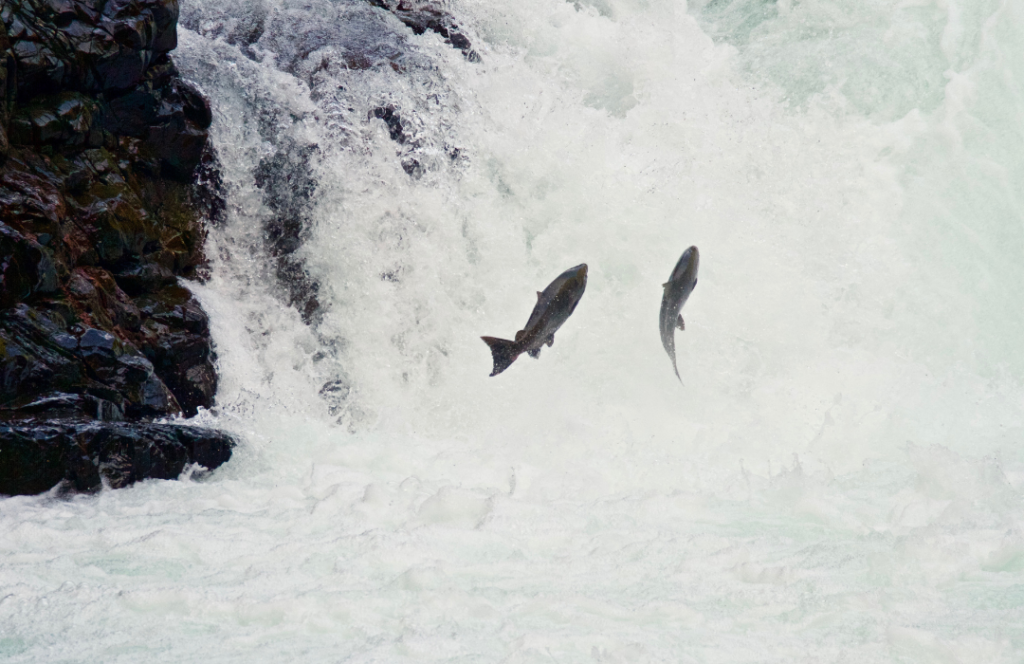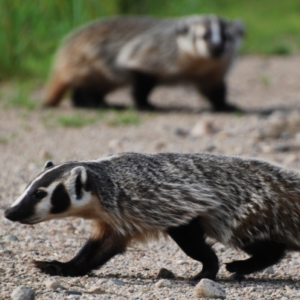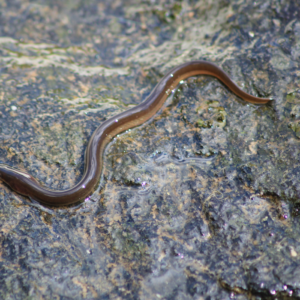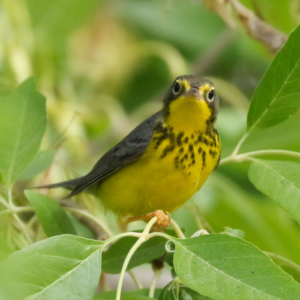Chinook Salmon
There are 29 populations of Chinook Salmon listed in Canada's Species at Risk Public Registry, and only two of them are considered “not at risk.” Save endangered species today by joining one of our campaigns!
Help End the ExtinctionVital Signs
- Common name: Chinook Salmon
- Latin name: Oncorhynchus tshawytscha
- Conservation Status: Special Concern (2 populations), Threatened (7 populations), Endangered (13 populations), Data Deficient (5 populations)
- Range: British Columbia, Pacific Ocean
- Life span: Average 4-6 years, but can be as high as 8 years
- Size: Average over 55 kg

The Chinook Salmon has black spots on its tail fin and black gums. It also has a distinctive pointed shape to its lower jaw. Out of all the Pacific Salmon, the Chinook Salmon is the largest.
Chinook Salmon Facts
- There are two “types,” the Stream-type and Ocean-type. Stream-type stay in freshwater for one year or more after becoming fry (the third life stage). Ocean-types migrate to the sea sometime in their first year of life
- Diet varies based on location and life stage and ranges from insects to other fish
- Usually spend 2-4 years at sea after migrating from freshwater, but can stay as long as 6 years
- Females dig a groove in the streambed to lay eggs in. Once they’re fertilized, she swims upstream and digs again. This time, the debris is carried downstream to cover her eggs

Threats
Chinook Salmon are threatened by commercial fishing, changes to their habitat, climate change, and the addition of salmon from hatcheries into wild populations. In freshwater specifically, the salmon are also impacted by the construction of dams and degradation of habitat due to human expansion.
In the Fraser, the number of adults in nine Chinook Salmon populations (out of ten) are declining. The biggest threat facing the Fraser population is a decline in the quality of both ocean and freshwater habitat, and the second biggest threat is fishing. Other threats to some of these populations include modifications to the lower estuary and pollution for nearby mining activity.
Chinook Salmon are also noted as being one of “… the most toxin laded fishes in BC.” This is a result of sewage, agricultural runoff, storm water runoff, and industrial discharge getting into their habitat.
What’s Being Done
In British Columbia, there is a fund called the British Columbia Salmon Restoration and Innovation Fund (BCSRIF). In 2021, a four-year plan was put in place to help with restoring salmon habitats in B.C. In the past, the BCSRIF also put funding towards habitat restoration as well as researching the Chinook Salmon (among a few other species).

Canada has committed to the goal of protecting 30% of lands, ocean, and freshwater in Canada by 2030. This goal will help protect ecosystems, restore habitats, and fight climate change. All these things are a step in protecting Canada’s at-risk animals—so let’s hold the federal government to their promise.
How to Help
- Help Out: Support Chinook Salmon habitat conservation.
- Learn: Stay informed about endangered species by signing up for Nature Canada’s monthly e-newsletter.
- Take Part: Join our Protecting the Fraser Shoreline campaign and become an Ocean Defender.
- Find out more: Help us end the extinction by taking action for nature today—visit conservation websites like Nature Canada or join one of our campaigns!
Resources
- Animal Diversity Web – Oncorhynchus tshawytscha Blackmouth
- COSEWIC – Assessment and Status Report (2018)
- COSEWIC – Assessment and Status Report (2020)
- Species at Risk Public Registry – Chinook Salmon (Populations List)



